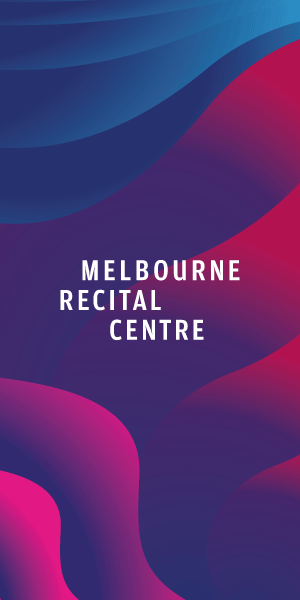Taste the delights of Eritrea
Nima Hamid’s reason for relaunching her Little Eritrean Kitchen is summed up in two words; “loves cooking”.
She studied commercial cookery at the Australian College of Trade, graduating in 2019 with Certificates III and IV, just as the COVID virus hit the country.
Little Eritrean Kitchen is now open for business with Mrs Hamid preparing traditional Eritrean food.
She has catered for members of the local Eritrean community at parties and weddings, volunteered at the Carlton Neighbourhood Learning Centre (CNLC) kitchen, and worked in the kitchens at Cohealth.
CNLC community development manager Elle Morrell said Mrs Hamid was an English learning student at the centre around 2008 and went on to participate in its Make it Work Program.
“We were able to help her establish her catering business,” Ms Morrell said.
“In particular, we helped develop her marketing material, such as flyers and cards for her to distribute throughout the community.”
“We often rely on Nima to help cater meetings at different agencies across Carlton, and everyone is always very complimentary about her food.”
One of the country’s staple dishes prepared by Mrs Hamid is Zigni, a beef stew spiced with berbere (a hot spice blend) and simmered in a tomato-based gravy, served with injera.
Injera, central to the dining process like bread or rice, is a sour fermented pancake-like flatbread with a slightly spongy texture, traditionally made of teff flour.
Lentils and vegetables are essential ingredients in a lot of Eritrean food.
Rice with chicken or meat flavoured with chilli accompanied with homemade dips is one of her most requested dishes.
With five children, Mrs Hamid has plenty of taste testers and willing eaters to help with any leftovers.
Her eldest son gets requests from his workmates for his mum’s food.
As the youngest child in her family when she arrived in Australia in 1997, Mrs Hamid had minimal experience in the kitchen and is self-taught using recipe books and learning from others in the Eritrean community.
“I cook the best finger food,” she said.
“When you love things, you are going to make it very good.”
Typical desserts are cheesecake with mango or saffron, semolina cake, and large trays of walnut and date slices.
African doughnuts are a big hit with all her customers; they always sell out when she takes a stall at Harmony Day or the Eritrean market in North Melbourne.
The average number she caters for is generally 40 to 50 people. However, she can accommodate larger orders when necessary.
Her food is perfect for packing into the Esky for a beach or park picnic or simply for a change in everyday meals.
Eritrean cuisine is rarely eaten with cutlery.
Eritreans eat exclusively with their right hands, using pieces of injera to pick up bites of entrées and side dishes.
The country is located in the northeastern African region known as the Horn of Africa with neighbouring countries of Sudan, Ethiopia, Djibouti and Somalia.
According to the 2016 Census, 4300 people in Australia were born in Eritrea. •
For more information: [email protected]
Caption: L-R: Eritrean banquet, and dessert.

Bottega Tasca: Carlton’s go-to fine wine boutique







 Download the Latest Edition
Download the Latest Edition